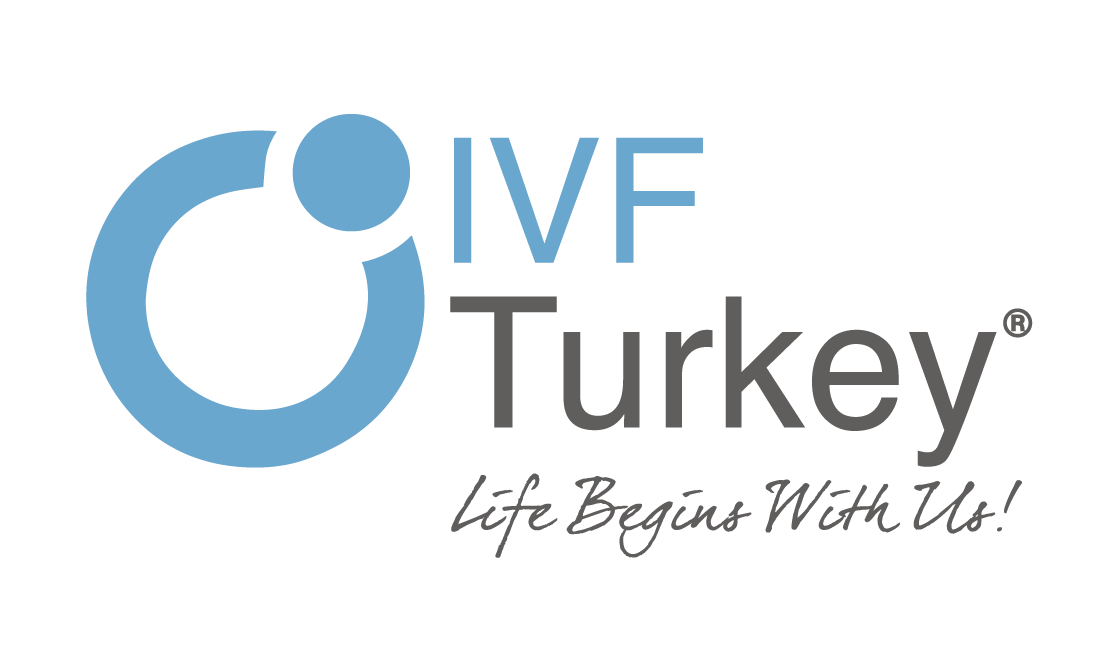Breast Cancer Awareness: The Role of Early Detection in Transforming Outcomes
Key Insights into Breast Cancer Awareness and Early Detection
| Aspect | Key Insight |
|---|---|
| Importance of Early Detection | Increases survival rates by identifying cancer at treatable stages. |
| Common Screening Methods | Mammograms, ultrasounds, and MRIs are vital for early diagnosis. |
| Warning Signs to Watch | Lumps, changes in breast shape, skin texture, or unusual discharge warrant immediate attention. |
| Advanced Diagnostic Tools | AI-assisted imaging and genetic testing improve accuracy and personalized care. |
| Prevention Strategies | Regular screenings, a healthy lifestyle, and genetic counseling for high-risk individuals. |
Breast cancer remains one of the most common cancers affecting women worldwide. Early detection plays a crucial role in improving survival rates and outcomes, as identifying cancer in its early stages allows for more effective and less invasive treatment options. This article delves into the significance of early detection, the methods available, and how proactive steps can transform outcomes for individuals.
Why Early Detection Matters
Detecting breast cancer at an early stage can significantly improve outcomes. Studies show that:
- Survival Rates: The 5-year survival rate for localized breast cancer is 99% compared to 28% for advanced-stage diagnoses.
- Treatment Options: Early detection often means less aggressive treatments, such as lumpectomy instead of mastectomy, and reduced reliance on chemotherapy.
- Quality of Life: Prompt treatment minimizes complications, improving long-term health and well-being.
Common Screening Methods
1. Mammograms
- What They Are: X-ray imaging of the breast to detect lumps or abnormalities.
- Recommended For: Women aged 40 and above, or earlier for those with a family history of breast cancer.
- Effectiveness: Mammograms can detect cancerous changes up to two years before symptoms appear.
2. Ultrasounds
- Purpose: Used to evaluate abnormalities found during a mammogram, particularly in dense breast tissue.
- Who Benefits: Younger women or those with dense breasts, where mammograms may be less effective.
3. Magnetic Resonance Imaging (MRI)
- What It Does: Provides detailed images for individuals at high risk due to genetic factors.
- Best For: Those with BRCA1/BRCA2 gene mutations or a strong family history of breast cancer.
Warning Signs to Watch For
Being aware of the warning signs of breast cancer can prompt early medical consultation:
- Lumps or Thickening: Any new lump, particularly if it’s hard and immobile.
- Breast Shape Changes: Alterations in size or shape not related to menstruation.
- Skin Texture Changes: Dimpling or puckering, resembling an orange peel.
- Nipple Discharge: Unusual discharge, especially if bloody.
- Pain: Persistent pain in the breast or underarm area.
Advanced Diagnostic Tools
Recent advancements in technology have improved the accuracy of breast cancer detection:
- AI-Assisted Imaging: Artificial intelligence helps radiologists identify subtle abnormalities missed in traditional scans.
- 3D Mammography (Tomosynthesis): Produces a three-dimensional image for better evaluation of dense breast tissue.
- Genetic Testing: Identifies hereditary risks, such as BRCA mutations, enabling preventive measures or enhanced surveillance.
Prevention Strategies
1. Regular Screenings
- Follow screening guidelines tailored to your age and risk factors.
2. Healthy Lifestyle Choices
- Maintain a balanced diet, exercise regularly, and limit alcohol consumption.
3. Genetic Counseling
- If you have a family history of breast cancer, consult a genetic counselor to understand your risks.
4. Self-Exams
- Perform monthly self-examinations to become familiar with your breast tissue and identify changes early.
Emotional and Social Impact
An early diagnosis of breast cancer not only impacts physical health but also has emotional and social implications:
- Emotional Well-Being: Support from counselors, support groups, and loved ones is vital.
- Financial Considerations: Early treatment often incurs lower costs compared to managing advanced cancer.
- Raising Awareness: Advocating for regular screenings in communities can save lives.
Conclusion
Early detection is a cornerstone of effective breast cancer treatment and prevention. Regular screenings, awareness of warning signs, and adopting a proactive approach can make a life-saving difference. As advancements in diagnostics continue, individuals have more tools than ever to protect their health and well-being.
Contact Us for more information about breast cancer screenings, prevention strategies, or support services. Together, we can work towards a healthier future.
FAQs
-
At what age should women start getting mammograms?
- Women should begin annual mammograms at age 40, or earlier if they have a family history or genetic predisposition.
-
Does breast cancer always cause pain?
- No, early-stage breast cancer often has no symptoms, which is why regular screenings are crucial.
-
Are mammograms safe?
- Yes, mammograms use low-dose radiation and are considered safe, with benefits far outweighing the risks.
-
Can men develop breast cancer?
- Yes, although rare, men can develop breast cancer, especially if they have a family history or BRCA mutations.
-
What is the most effective way to detect breast cancer early?
- Regular mammograms combined with clinical exams and self-awareness are the most effective strategies.



